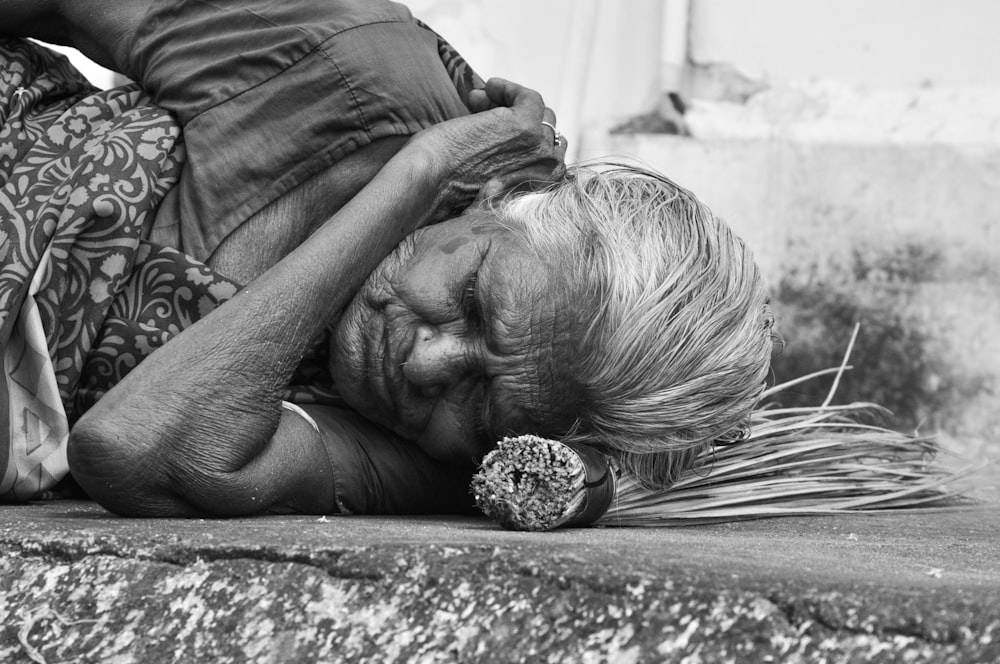目次
せん妄症状の予防・改善に効果的なのは家族の面会
理学療法士・作業療法士であれば術後早期や入院直後の環境変化等でせん妄症状を合併したクライアントを担当する機会は少なくないと思います.
せん妄症状が続くとリハビリテーションも進みませんし,困りますよね?
せん妄に対しては薬物療法が行われることが多いですが,実は薬物療法よりももっと効果的な介入方法が明らかにされております.
今回はせん妄症状の予防・改善に効果的な方法を明らかにした研究論文をご紹介させていただきます.

今回ご紹介する論文
Journal of Critical Care Volume 60, December 2020, Pages 241-248
Non-pharmacological interventions to reduce the incidence and duration of delirium in critically ill patients: A systematic review and network meta-analysis
Author links open overlay panelLu-XiDengMSN, RNaLanCaoMSN, RNbLi-NaZhangMD, PhDaXiao-BeiPengMSN, RNaLeiZhangMSN, RNa
今回ご紹介する論文は2020年に掲載された新しい論文です.
研究の目的
Objective
To compare non-pharmacological interventions in their ability to prevent delirium in critically ill patients, and find the optimal regimen for treatment.
この研究では重症のクライアントを対象として,せん妄予防のための非薬物療法介入を比較し,治療のための最適な方法を明らかにすることを目的としております.
研究の方法
Literature searches were conducted using PubMed, Embase, CINAHL, and Cochrane Library databases until the end of June 2019. We estimated the risk ratios (RRs) for the incidence of delirium and in-hospital mortality and found the mean difference (MD) for delirium duration and the length of ICU stay. The probabilities of interventions were ranked based on clinical outcomes. The study was registered on PROSPERO (CRD42020160757).
PubMed,Embase,CINAHL,Cochrane Libraryのデータベースを用いて2019年6月末まで文献検索を行いました.
せん妄の発生率と院内死亡率のリスク比(RR)を推定し,せん妄期間とICU滞在期間の平均差(MD)を算出しております.
介入の確率は臨床結果に基づいてランク付けされております.
研究の結果
Twenty-six eligible studies were included in the network meta-analysis. Studies were grouped into seven intervention types: physical environment intervention (PEI), sedation reducing (SR), family participation (FP), exercise program (EP), cerebral hemodynamics improving (CHI), multi-component studies (MLT) and usual care (UC). In term of reducing the incidence of delirium, the two most effective interventions were FP (risk ratio (RR) 0.19, 95% confidence interval (CI) 0.08 to 0.44; surface under the cumulative ranking curve (SUCRA) = 94%) and MLT (RR 0.43, 95% CI 0.30 to 0.57; SUCRA = 68%) compared with observation. Although all interventions demonstrated nonsignificant efficacy in regards to delirium duration and the length of the patient’s stay in the ICU, MLT (SUCRA = 78.6% and 71.2%, respectively) was found to be the most effective intervention strategy. In addition, EP (SUCRA = 97.2%) facilitated a significant reduction in hospital mortality, followed in efficacy by MLT (SUCRA = 73.2%), CHI (SUCRA = 35.8%), PEI (SUCRA = 34.8%), and SR (SUCRA = 31.8%).
26本の研究を対象としてメタアナリシスが行われております.
研究は7つの介入タイプに分類されました.
物理的環境介入(PEI),鎮静(SR),家族参加(FP),運動プログラム(EP),脳血行動態改善(CHI),多角的介入(MLT),通常ケア(UC)の7つです.
せん妄発生率の減少に効果的であったのは,家族参加(リスク比(RR)0.19,95%信頼区間(CI)0.08~0.44)と多角的介入(RR 0.43,95%CI 0.30~0.57)の2つの介入でありました.
特にMLT(SUCRA = 78.6%、71.2%)が最も効果的な介入戦略であることが明らかとなりました.
運動プログラムは入院死亡率を有意に減少させ,多角的介入,物理的環境介入,脳血行動態改善,鎮静がそれに続いて効果的でありました.
研究の結論
Multi-component strategies are overall the optimal intervention techniques for preventing delirium and reducing ICU length of stay in critically ill patients by way of utilizing several interventions simultaneously. Additionally, family participation as a method of patient-centered care resulted in better outcomes for reducing the incidence of delirium.
多角的介入は,複数の介入を同時に利用することでせん妄を予防し,重症患者のICU滞在期間を短縮するための最適な介入手法であることが明らかとなりました.
さらに単一の介入である家族参加が,せん妄の発生率を減少させるための有効な介入であることも明らかとなりました.
今回はせん妄症状の予防・改善に効果的な方法を明らかにした研究論文をご紹介させていただきました.
せん妄の予防には運動療法よりもどんな薬よりも家族の面会が重要だということですね.
コロナ禍で家族の面会を禁止にしている医療機関が多いわけですが,身をもって家族の力の大きさを感じているところであります.







コメント